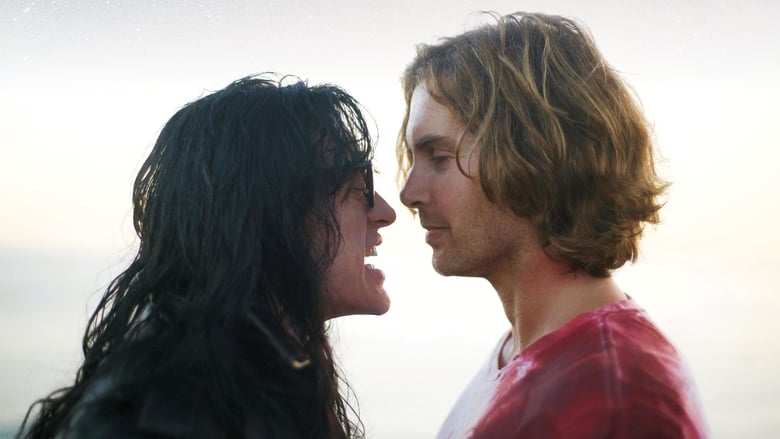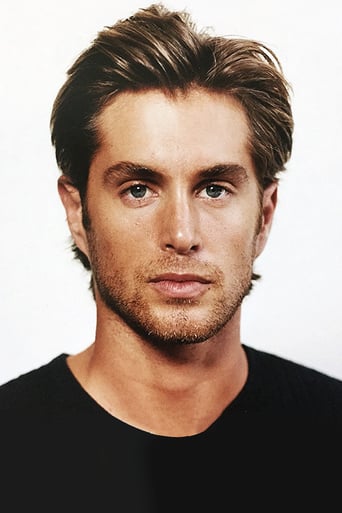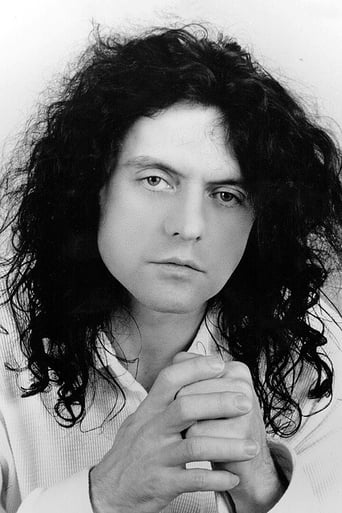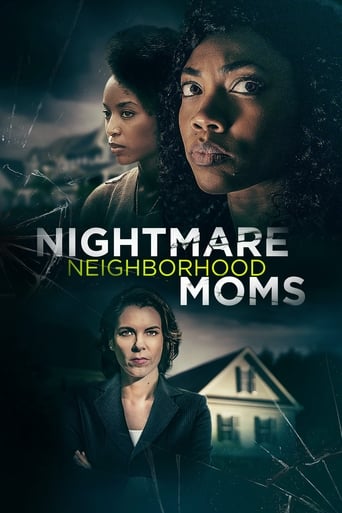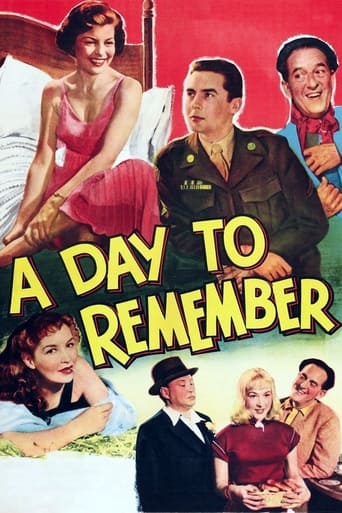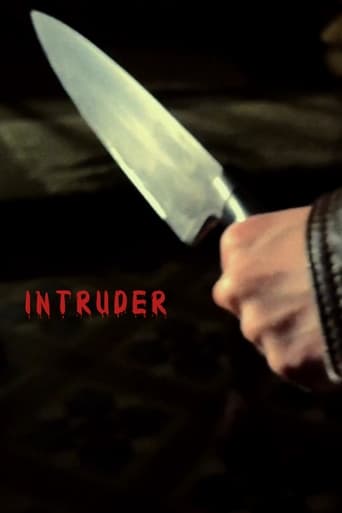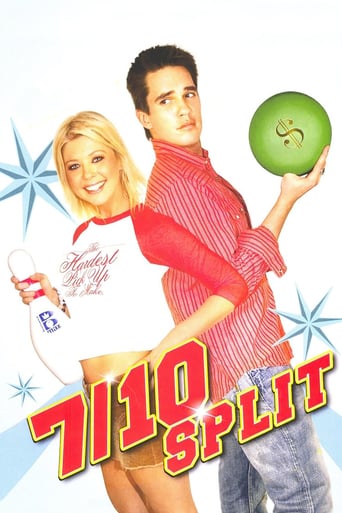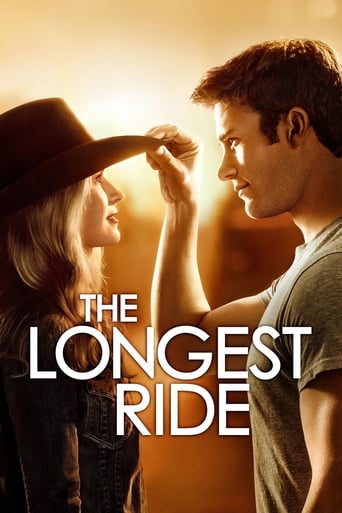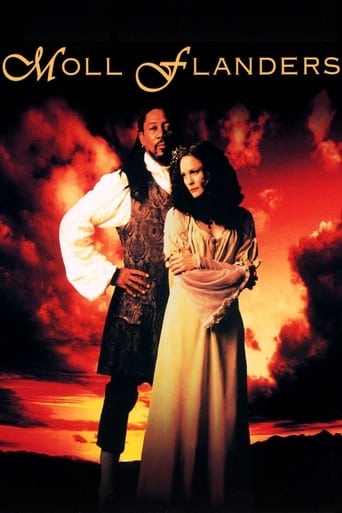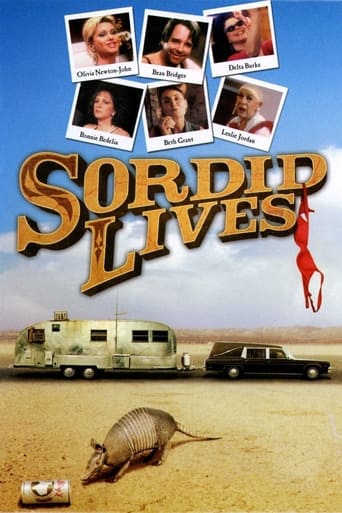Best F(r)iends: Volume 1 (2017)
When a drifter befriends a quirky mortician, an unlikely business partnership is formed. Paranoia soon develops, however, and both men are forced to come to terms with the fragility of friendship and loyalty.
Watch Trailer
Cast


Similar titles
Reviews
Best F(r)iends was a bizarre, surreal experience, and I mean that in the most approving way possible. It's nice to see that Tommy Wiseau and Greg Sestero have crafted something truly original. I'm undeniably psyched to see Volume 2 this June! (Verdict: B+)
Best F(r)iends establishes Greg Sestero as an interesting and quite exciting storyteller. And at the same time it serves as a great closing chapter in the entire Room story that has now expanded over books and film - not to mention The Room itself. Its a great love letter to the unique friendship between Sestero and Wiseau, and its great to see how Tommy actually gets a part that suits his style. In this film, he delivers genuinely touching moments and shows a great vulnerability at times. Greg also creates a nice underplayed character in the homeless Jon, searching for some sort of human relationship after the loss of his mother. These two souls who each has a deep sadness in their lives, finds a kinship in each other. Probably not unlike the real versions of Sestero and Wiseau. The story is told as a noir thriller, and works like this in quite a few places, as well as taking really intersting and original turns, which kept me curious about what was waiting around the next corner. Unfortunately the direction and editing drags the film down. In some scenes it seems like the director has been more interested in the technical aspect, instead of directing the actors, or maybe it comes down to inexperience. But the editing is what really does the film a huge disservice. Scenes go on way too long, they dwell on overly long shots, and there are several moments that just seems unnecessary, and dull. Scenes that should have been cut. And then there are several slow motion cuts, which just seems kinda pretentious. The film is also edited by the director, and its seems to me like has been way too close to the material to actually see what the film needed. He is in love with his own shots (he is also the DP), and seems more interested in showing those, than actually telling a story. And the score (great as it is by Dan Platzman of Imagine Dragons) is also weirdly edited, and seems spliced together with other parts of the score in some scenes. And generally the film would benefit from more quiet moments, without having the score intrude in basically every scene. Because of all this, the film at times comes across as more of an amateur / student production, which is really too bad because as I've stated, I really enjoyed the story as well as Wiseau and Sesteros performances, which still made me have a good time. Better editing could have just lifted this into something really special and totally unique. I am still looking forward to part 2 though, since there are a lot of exciting questions being put forward in this one, and a lot of places it could go. Just hope that it will be a tighter experience.
I've never been so bored in a cinema.There is nothing memorable or noteworthy contained within this film. Wiseau manages to deliver a performance lacking any passion, energy believability or truthfulness. Say what you want about his performance in 'The Room', but at least he he gave it energy and passion. Greg Sestero is as bad as he was in The Room and offers nothing of interest here.Unlike Wiseau's magnum opus, which moves at lightning pace, Best F(r)iends is flat, poorly paced, sterile, unimaginitive and held back by desperate attempts to bring the audience onboard with shoved in 'The Room' references. You would think, given the opportunity they both had with this film, Sestero and Wiseau would have wanted to move away from 'The Room' and produce something that could stand on its own. The trailers certainly suggested as much. The references to the 'The Room' bored me, and made me wish I was watching that film instead. At least that film is entertaining. For some reason they went for what can only be described as a Pretentiousness Overload, ripping as much as they could get away with from Mulholland Drive. The soundtrack is quite simply one of the worst soundtracks ever committed to film and must've been ripped from a Youtube playlist of Royalty/Rights free stock music. At points it is poorly mixed in, either being overly loud or ruining the tone of scenes. They released a clip on Youtube not too long ago featuring a scene where Wiseau's character Harvey purchases a car. The clip was actually a nice scene with a reasonably decent performance from Wiseau. This scene in the film is longer, the point of the scene is muddled and supressed and the music has been changed, completely ruining the tone. It is one example of several scenes which have been poorly edited and scored in the film.I like 'The Room'. I think it has a charm about it, I think it is (unintentionally) a comedy masterpiece with fast pacing and memorable characters and moments, and the soundtrack at least conveys the emotions of the film despite not being very varied. This film has none of that. If you're looking for Wiseau craziness, you might be occasionally entertained.
I'd like to preface this review by saying that the version of 'Best F(r)iends' I saw was a work in progress, so much of what I write might no longer be relevant by the time the completed version is released, as, presumably, it's all subject to change. This also, of course, means that the final product is likely to be significantly better than what I saw.Having read and enjoyed Greg Sestero's excellent book 'The Disaster Artist' I was very excited to learn that he'd written a screenplay, and that he would be starring in it alongside his old companion, the ever-inscrutable Tommy Wiseau. Greg's book is thoroughly demonstrative of his ability to write extremely well - his eloquence, perceptive wit, and remarkable gift for description are all apparent in every page of his economically structured account of the making of 'The Room'. It was also made clear at the screening (attended by Tommy and Greg themselves) that 'Best F(r)iends' was to be considered something utterly separate from 'The Room'. Greg even stated at the screening that he felt Tommy hadn't been given a real chance to shine as an actor, and wanted to write him a part that he could really sink his teeth into.So, knowing how good a writer Greg is, how good the trailer looked, and how keen the pair were to distance themselves from the infamous cult classic film that has followed them for so long, I was expecting something unique, profound, and haunting.And that's what I got! Here and there, at least. It's tough to give this film any rating at all to be honest, as it seems to fluctuate between something highly competent in its style and themes, and something amateurish in terms of writing, technicalities, and sometimes acting.The overall feel of the film is great, especially in its early stages. The use of dialogue is minimal, to begin with at least, as we see a blood-stained and bruised John (Greg Sestero) wander aimlessly through the city until stumbling upon a quirky mortician with a love for life (and death), Harvey (Tommy Wiseau). The cinematography is beautiful in these first 10 minutes or so, and the soundtrack, eerie and ominous. We also see great performances from both Greg and Tommy in their first scene - Greg's portrayal of the silent and wayward John is pleasingly nuanced, and contrasts perfectly with Tommy's idiosyncratic and unconventionally wise Harvey. Everything works so well at this point, even down to costume design, but before long the film's faith in the implied seems to run dry.The initial cracks show when the dialogue becomes more extensive and we see John conversing properly with Harvey for the first time. Not only does most of the dialogue throughout the film feel improvised and overly-expositional, but it seems that the cinematographer knew how to shoot everything except dialogue. Firstly, the dialogue shots appear poorly lit and framed (in fact the lighting state seems to change from shot to shot), and secondly I think I'm right in saying that the camera actually 'crosses the line' at one point when John and Harvey are throwing a basket ball back and forth - a truly amateur mistake to make. This, coupled with the shot of John being over-exposed, was so jarring and uncomfortable to look at that it completed distracted from what they were saying - I cannot for the life of me tell you what was said during that exchange.It also suffers from the occasional continuity error, generally speaking these are negligible, but one that stands out in my mind was when John and Traci (Kristen StephensonPino) were watching 'Sunset Boulevard'. We see the words 'The End' appear on the screen, it then cuts to John saying he enjoyed the film, and Traci recommending 'Double Indemnity', it cuts back to the TV screen and we see Gloria Swanson creeping toward the camera in the iconic final moment of the film. Needless to say, in reality, that iconic moment happens BEFORE we see the words 'The End' on the screen, not after. Maybe this was intentional as it seems too obvious to miss, but it didn't come across that way.I found myself constantly baffled by this film's ability to come across so cool and calculated in one moment, and completely unsure of itself in the next. In fact, I can't help but feel slightly frustrated by the whole thing because the basic skeleton of the film seems brilliant, it's just distractingly rough around the edges - the plot is somewhat conventional and classic, taking after the kinds of films to which it so fondly refers ('Double Indemnity', 'Sunset Boulevard' etc), the difference being that it's layered with a fresh and unfamiliar paint that brings into play questions of loyalty, identity, greed, the macabre, and the fickle nature of icons and their worth.The film does so well in expressing these things through images, take when John discovers Harvey's necrophilia allegations (a moment I audibly gasped at), or when Harvey is wearing the mask he made of John, or simply being shown the images of film icons that Harvey has adorned his work space with (Charlie Chaplin, Brigitte Bardot etc) that it's jarring when they're expressed through clunky dialogue, like when John mentions Harvey's allegations in passing during an already stilted scene.Furthermore, any characters who aren't John, Harvey, or Traci have a tendency to feel unneeded and stereotypical, serving only as vague plot functions. Although the character Traci is very convincingly performed and somewhat interesting, she does a feel a little thrown in for convenience.The film's confident use of stylised techniques is where it performs best, they might be a little over-used but the slow motion moments of emphasis, or switching quite suddenly to black and white provide the film with an unsettling punctuation that's likely leave an imprint in the mind long after viewing - Harvey dressed all in jet black, blowing out the candles on his jet black cake was particularly indelible for me personally. The key thing about these moments is that no one is talking during them! While most of these silent moments are a welcome sight, I do recall one montage of John and Harvey walking around the city with a seemingly drunk man dancing around them in slow motion as being a pointless and halfhearted attempt at something 'artsy'.Maybe I'm a little too harsh on the dialogue, for all I know it COULD have actually been improvised given that I saw a work in progress, but I did feel that it relentlessly interrupted the flow of something elegant and haunting. I suppose writing a screenplay is very much a different beast to writing an account of a series of true-life events, but I somehow struggle to believe that the scenes were all done in the way Greg Sestero had intended. The real issue at this point is not knowing what's going on behind the scenes, not knowing exactly who's responsible for what, not knowing how faithful to the script all the performances are. I only feel the need to point this out as I'm so aware of Greg Sestero's brilliant mind that I can't help but feel the need to defend him, he wrote my favourite book after all.Overall, I think the film's potential is through the roof, the execution just needs some serious work, but there's plenty of evidence that it CAN work. I can't wait to see the second installment, but am probably more excited for the final version of what I've already seen.


